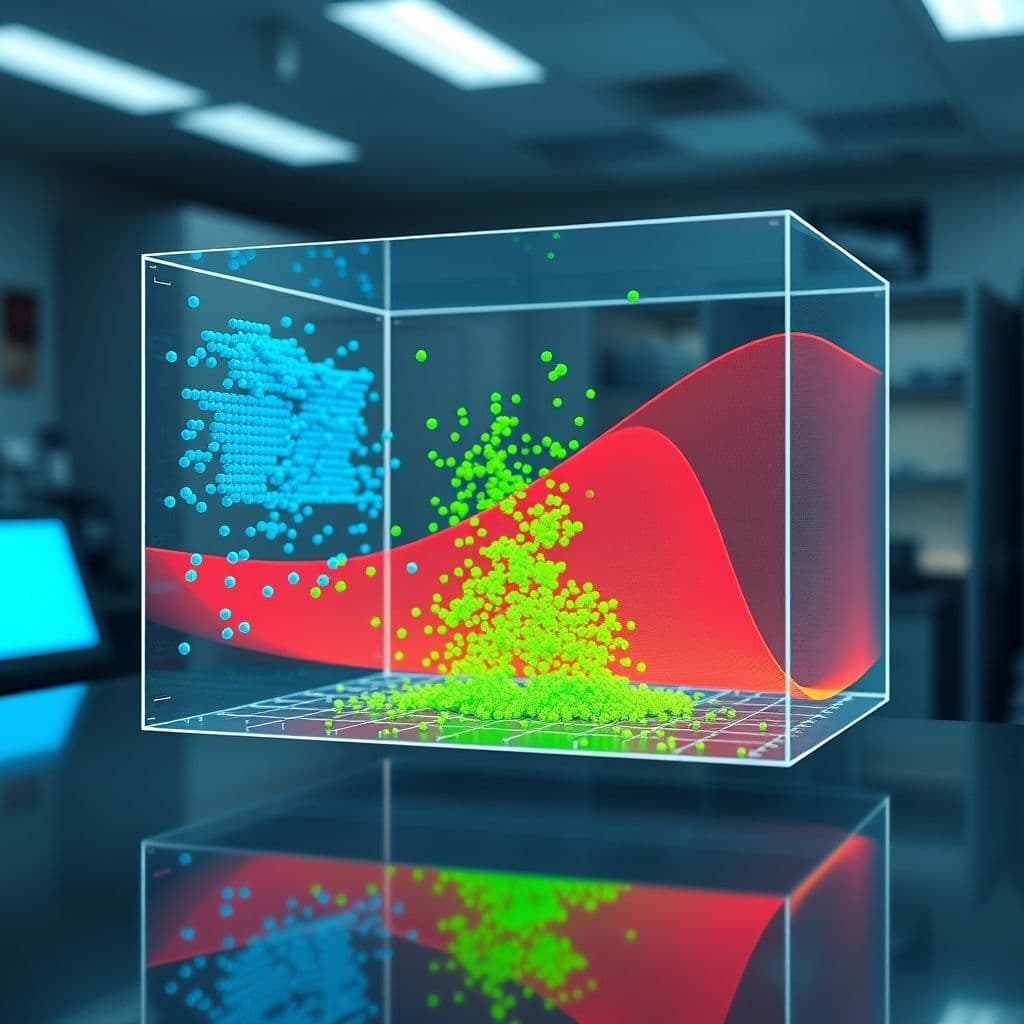Statistical Mechanics Mastery: A Step-by-Step Guide to Understanding Complex Systems

Statistical mechanics bridges the microscopic world of atoms and molecules with the macroscopic world we observe. It's the foundation for understanding thermodynamics, phase transitions, and even quantum systems. Whether you're a physics student or a curious learner, this guide will walk you through mastering statistical mechanics step by step, from probability theory to advanced topics like non-equilibrium systems. View original learning path
Step 1: Understand Probability Theory
Probability theory is the backbone of statistical mechanics. Start with basic probability concepts like events, outcomes, and probability spaces. Learn about probability distributions, including the binomial, Poisson, and Gaussian distributions, which frequently appear in physics. Conditional probability is crucial for understanding dependent events in systems with many particles. For example, the probability of a particle being in a certain state often depends on the states of neighboring particles.

Step 2: Learn Classical Mechanics
Classical mechanics provides the framework for particle motion. Newton's laws describe how forces affect motion, while conservation laws (energy, momentum) are key for closed systems. Hamiltonian mechanics, which reformulates mechanics in terms of energy, is particularly useful in statistical mechanics. For instance, the Hamiltonian function helps describe the total energy of a system, which is essential for statistical ensembles.
Step 3: Study Thermodynamics
Thermodynamics deals with heat, work, and energy transfer. The four laws of thermodynamics (zeroth to third) govern all macroscopic systems. Thermodynamic variables like temperature, pressure, and entropy describe system states, while processes (isothermal, adiabatic) describe how systems evolve. For example, the first law (energy conservation) connects directly to the Hamiltonian in statistical mechanics.
Step 4: Familiarize with Statistical Ensembles
Statistical ensembles are collections of possible system states. The microcanonical ensemble describes isolated systems with fixed energy, the canonical ensemble systems in thermal equilibrium with a heat bath, and the grand canonical ensemble systems that exchange particles and energy. Each ensemble has its own partition function, which is key for calculating thermodynamic properties.

Step 5: Learn Statistical Mechanics Principles
Boltzmann's entropy formula (S = k ln Ω) connects microscopic states (Ω) to macroscopic entropy (S). The partition function sums over all possible states and is used to calculate averages. Statistical averages, like the average energy, are derived from the partition function. For example, the partition function for a canonical ensemble is Z = Σ exp(-E_i/kT), where E_i are energy levels.
Step 6: Understand Quantum Mechanics
Quantum mechanics introduces wave-particle duality, where particles like electrons exhibit both particle and wave properties. Quantum states are described by wavefunctions, and operators (like the Hamiltonian) represent observables (energy, momentum). For instance, the Schrödinger equation governs how quantum states evolve over time.
Step 7: Study Quantum Statistical Mechanics
Quantum statistical mechanics extends classical statistical mechanics to quantum systems. The density operator generalizes the concept of a quantum state for ensembles. Quantum ensembles (microcanonical, canonical) are defined similarly but use quantum states. Quantum averages are calculated using the density operator, e.g., ⟨A⟩ = Tr(ρA), where ρ is the density operator and A is an observable.
Step 8: Explore Advanced Topics
Phase transitions (like freezing or magnetization) occur when systems change state abruptly. Critical phenomena describe behavior near phase transitions, where systems exhibit scale invariance. Non-equilibrium statistical mechanics deals with systems not in thermal equilibrium, like heat conduction or diffusion. For example, the Ising model is a classic model for studying phase transitions in magnetic systems.

Conclusion
Mastering statistical mechanics requires building a strong foundation in probability, classical and quantum mechanics, and thermodynamics. By understanding statistical ensembles and principles like Boltzmann's entropy and the partition function, you can analyze complex systems from gases to magnets. Advanced topics like phase transitions and non-equilibrium systems open doors to cutting-edge research.
Frequently Asked Questions
- How long does it take to master statistical mechanics?
- It depends on your background, but with consistent study, you can grasp the fundamentals in a few months. Advanced topics may take a year or more of dedicated learning.
- What are common mistakes beginners make?
- Beginners often confuse ensemble types or misapply probability distributions. Practicing with simple systems (like ideal gases) helps avoid these pitfalls.
- Do I need to know quantum mechanics before starting?
- Not initially—classical statistical mechanics can be learned first. Quantum statistical mechanics requires quantum mechanics knowledge, so tackle it after Step 6.





